Latest & Greatest
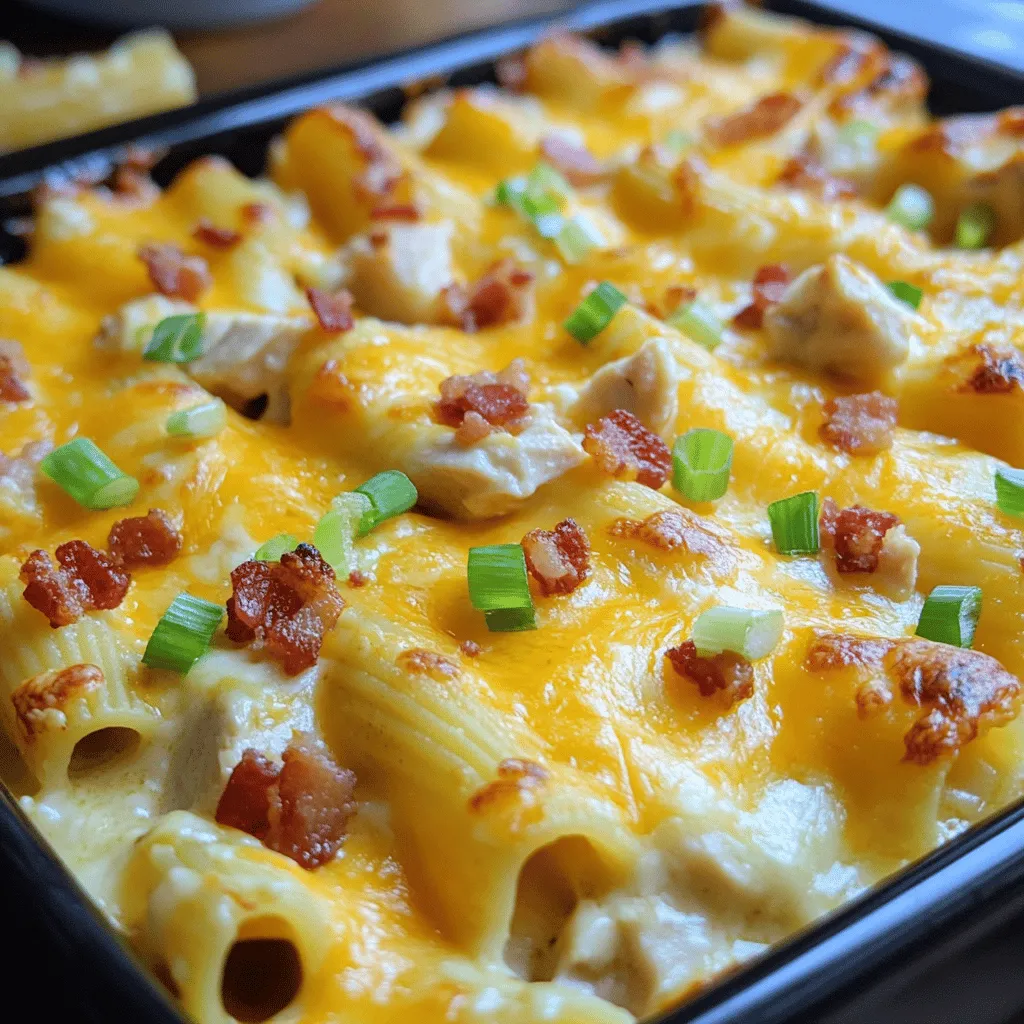
Crack Chicken Baked Ziti Delicious and Easy Comfort Meal
If you’re craving a dish that combines ease with flavors that’ll make you swoon, you’ve got to try Crack Chicken Baked Ziti. This cozy, creamy meal…
Read more…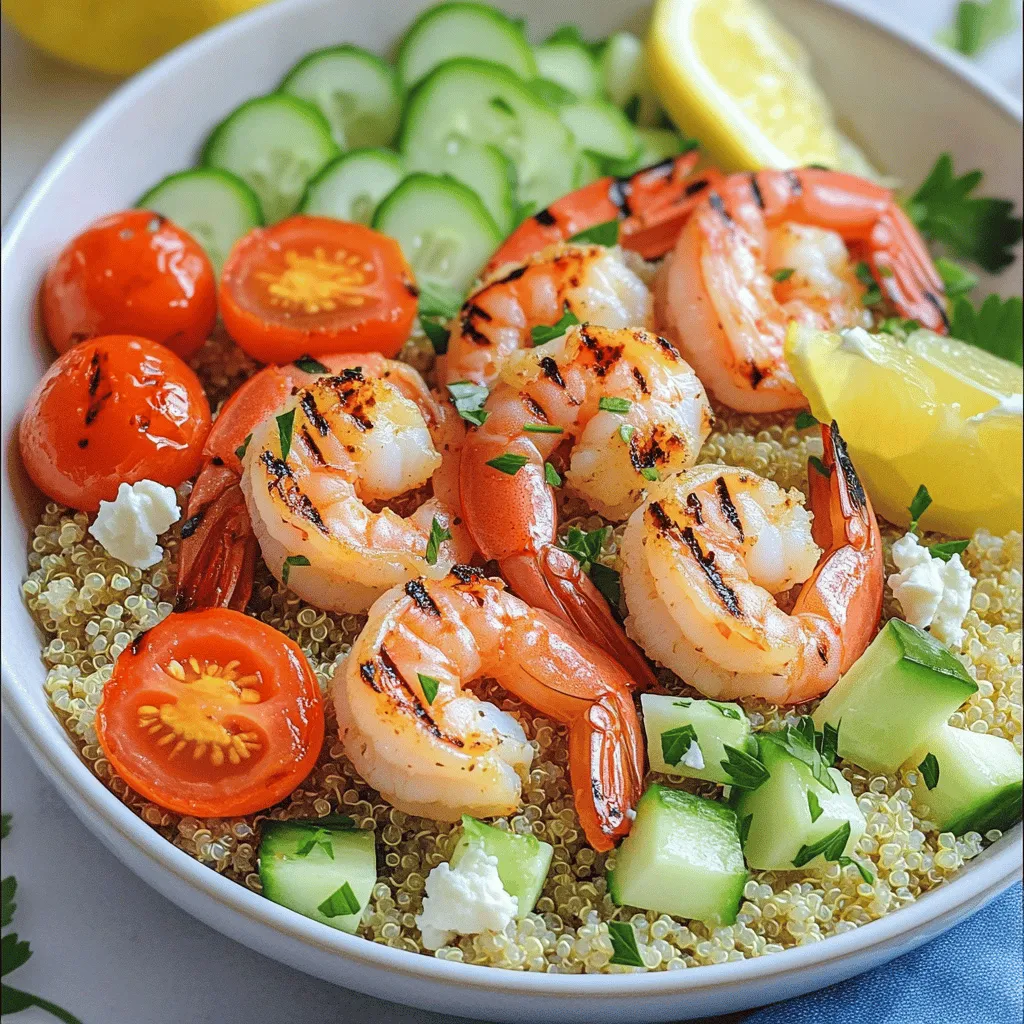
Grilled Shrimp Bowl with Garlic Sauce Flavor Boost
Dive into the delicious world of grilled shrimp with this easy Grilled Shrimp Bowl with Garlic Sauce! I’m excited to share a simple recipe that’s bursting…
Read more…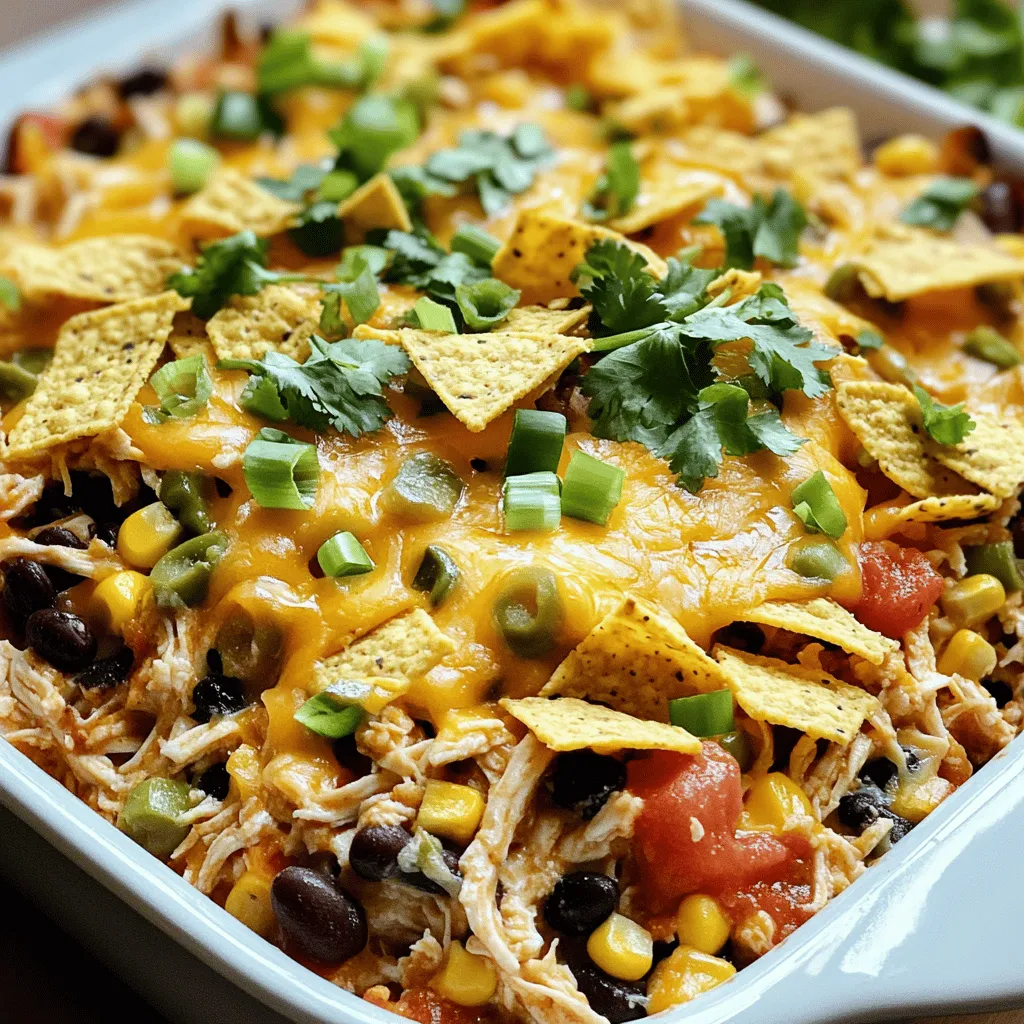
Chicken Taco Casserole Flavorful and Simple Dinner
Craving a quick and tasty meal? Look no further! My Chicken Taco Casserole is easy to make and packed with flavor. With just a few simple…
Read more…
Sweet Cornbread Recipe Easy and Delicious Treat
Are you looking for a treat that’s both sweet and easy to make? Look no further! My sweet cornbread recipe combines simple ingredients to create a…
Read more…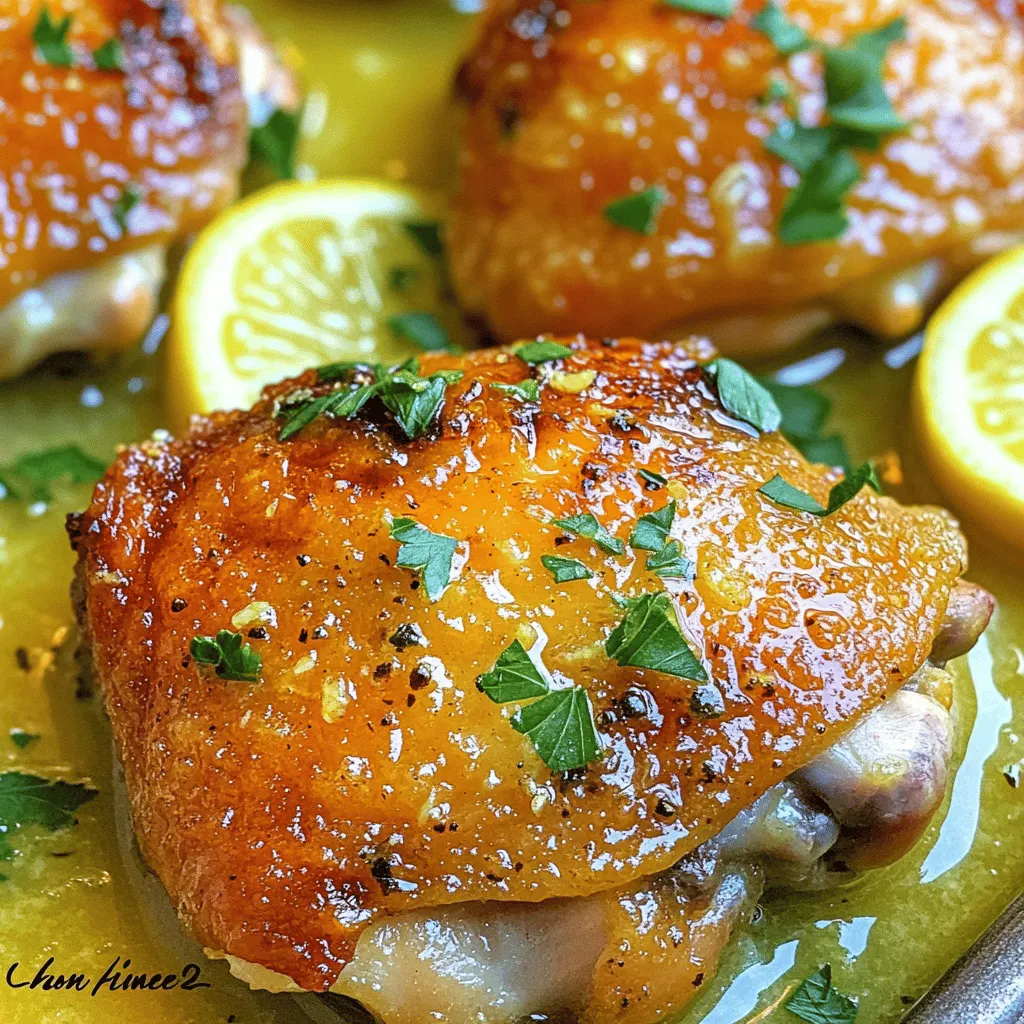
Baked Lemon Butter Chicken Juicy and Flavorful Meal
If you’re craving a dish that’s both juicy and packed with flavor, you’re in the right place! My Baked Lemon Butter Chicken combines tender chicken thighs…
Read more…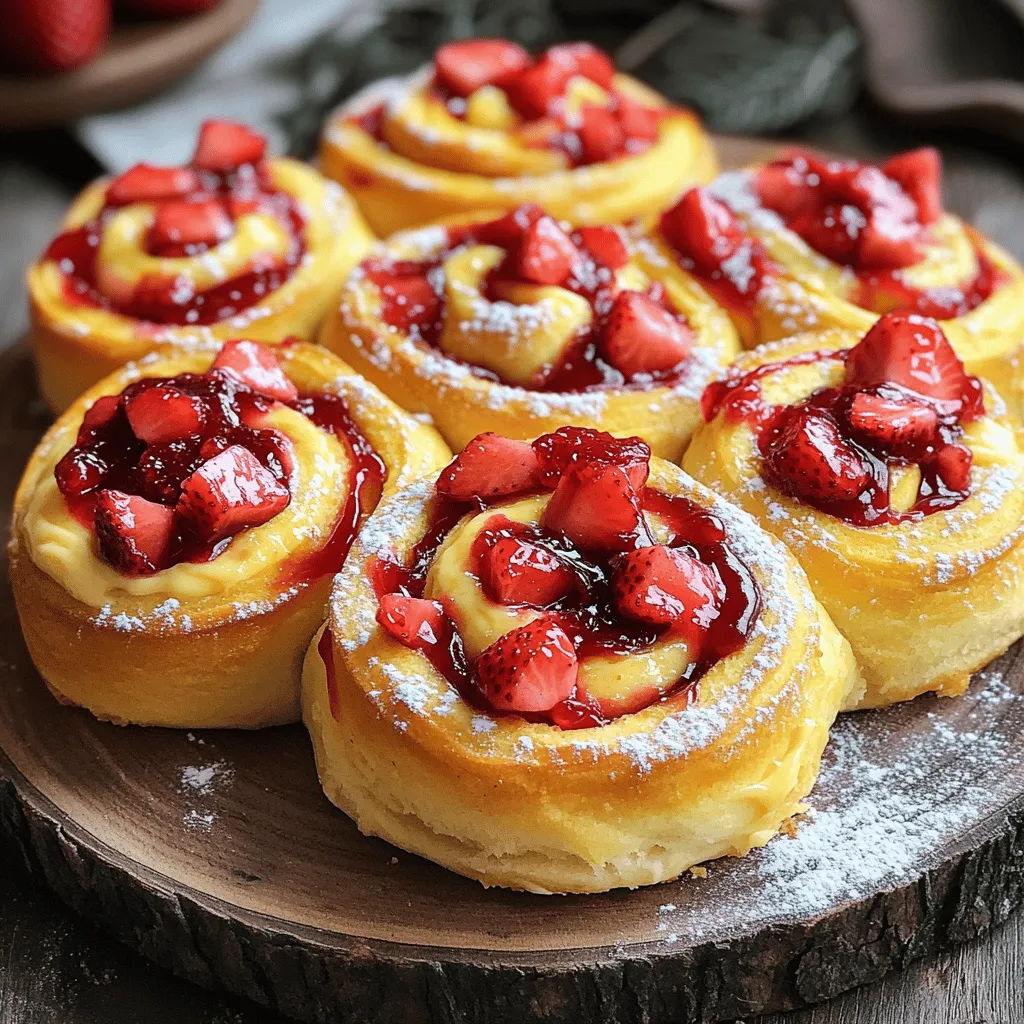
Strawberry Cheesecake Sweet Rolls Irresistible Delight
If you’re craving a sweet treat that combines the best of strawberry cheesecake and warm rolls, you’re in for a real delight! This recipe for Strawberry…
Read more…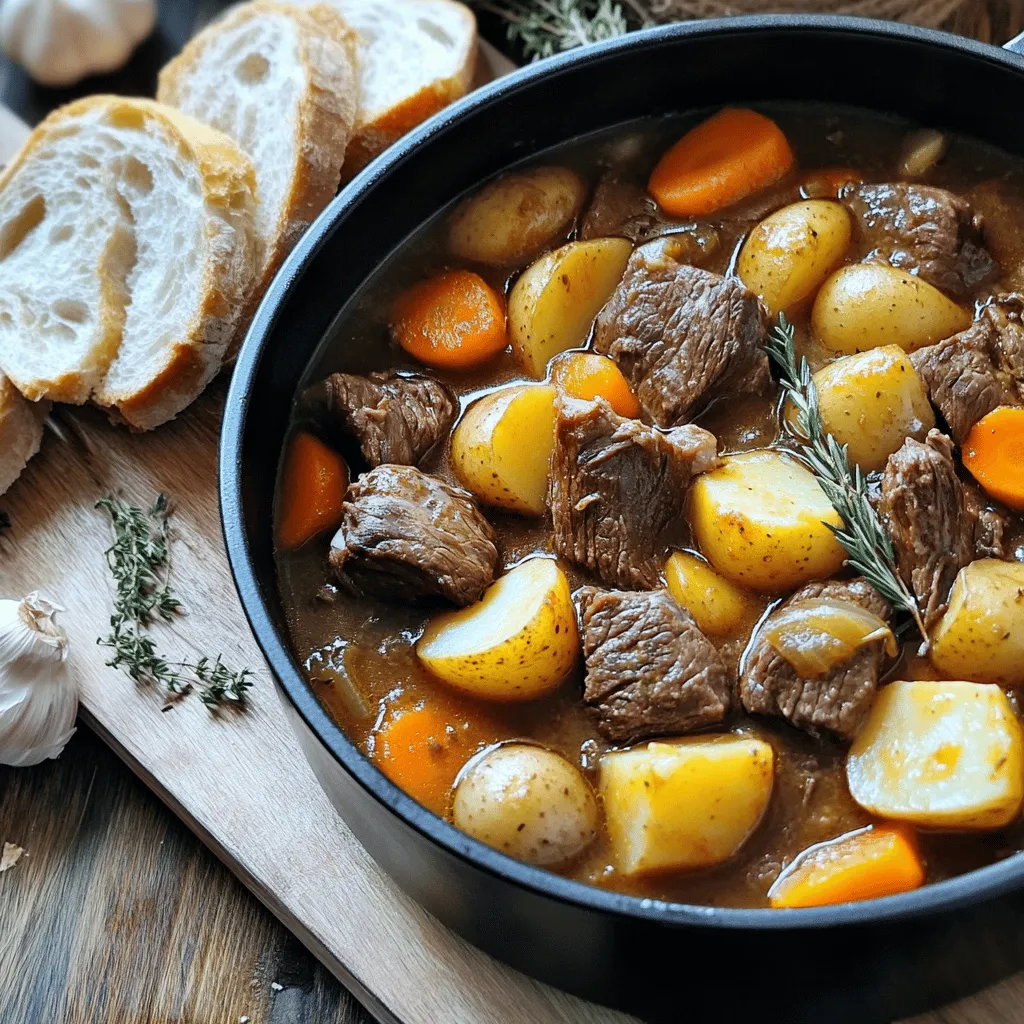
Dwarven Feast Delightful Recipe for Flavorful Fun
If you crave a hearty meal filled with flavor and fun, the Dwarven Feast is your answer. This delightful recipe combines rich meats, fresh veggies, and…
Read more…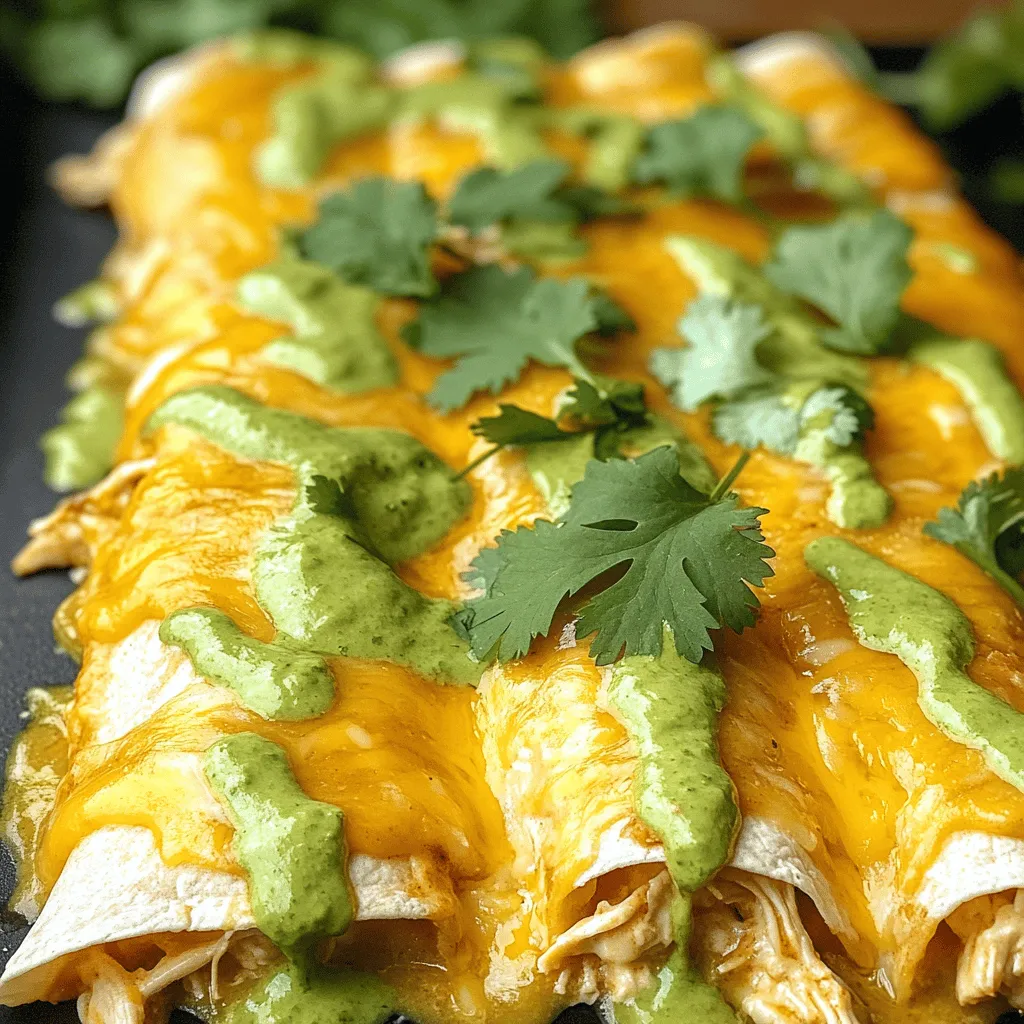
Easy Cream Cheese Chicken Enchiladas Simple and Tasty
Looking for a quick dinner that’s both simple and delicious? These Easy Cream Cheese Chicken Enchiladas are perfect for you! With just a few key ingredients,…
Read more…browse recipes
![- Chicken: 4 boneless, skinless chicken breasts - Marinade: 1/4 cup olive oil, 2 lemons (juice and zest), 4 cloves garlic, minced - Fresh Herbs: 1 tablespoon each of rosemary, thyme, and parsley - Seasoning: Salt and pepper to taste - Garnish: Lemon slices and herb sprigs When I make Lemon Herb Grilled Chicken, I love using fresh ingredients. They make a big difference in taste. I choose boneless, skinless chicken breasts. They cook evenly and stay juicy. The marinade is the key. It blends olive oil, lemon juice, zest, garlic, and herbs. This mix makes the chicken flavorful. I prefer using fresh herbs like rosemary, thyme, and parsley. They add bright flavors to the dish. It is so easy to chop them up. You can use dried herbs, but fresh ones give a better taste. Don't forget the salt and pepper! They enhance the flavors of the chicken. I suggest using a good quality olive oil. It adds richness to the marinade. For a beautiful finish, I like to garnish the chicken with lemon slices and herb sprigs. It makes the plate look lovely and inviting. You can find the full recipe above. It covers everything you need to know for this dish. Enjoy cooking! To make the marinade, start by whisking together the following ingredients: - 1/4 cup olive oil - Juice and zest of 2 lemons - 4 cloves garlic, minced - 1 tablespoon fresh rosemary, finely chopped - 1 tablespoon fresh thyme, finely chopped - 1 tablespoon fresh parsley, finely chopped - Salt and pepper to taste Whisk these ingredients in a bowl until they blend well. This mix brings a bright flavor to the chicken. Next, place the chicken breasts in a resealable plastic bag or a shallow dish. Pour the marinade over the chicken. Seal the bag or cover the dish and put it in the fridge. Let it marinate for at least 1 hour, but if you can, let it sit for up to 4 hours. This time helps the flavors soak in. Now, it’s time to grill! First, preheat your grill to medium-high heat. This step ensures the chicken cooks evenly. Take the chicken out of the marinade. Let any extra marinade drip off, then discard the marinade. Place the chicken on the hot grill. Cook it for about 6-8 minutes on each side. You want the chicken to reach an internal temperature of 165°F (74°C). Look for nice grill marks, too. After grilling, take the chicken off the grill. Let it rest for a few minutes. This step keeps it juicy. For a beautiful presentation, slice the chicken and arrange it on a platter. Add some fresh lemon slices and herb sprigs as garnishes. These small touches make your dish pop visually. For the complete recipe, check the [Full Recipe]. How long should I marinate the chicken? Marinate the chicken for at least 1 hour. For the best flavor, aim for 4 hours. Longer marinating lets the herbs and lemon soak in. This makes each bite full of taste. What temperature is best for marinating? Always marinate in the fridge. Keeping chicken cold prevents bacteria growth. Room temperature is not safe. How do I maintain grill temperature? Preheat your grill to medium-high heat. This gives a nice sear. Keep the lid closed while cooking to hold the heat. You want a steady temperature for even cooking. How do I ensure juiciness in chicken breasts? Let the chicken rest after grilling. This keeps the juices inside. Cutting right away makes juices spill out. What additional spices can I use? Try adding paprika or cumin for a warm flavor. You can also use a pinch of red pepper flakes for a kick. These spices add depth to the marinade. Can I use different meats? Yes, you can use pork or turkey. Just adjust the cooking time. Chicken is great, but other meats can also shine with this marinade. For the full recipe, check out my Lemon Herb Grilled Chicken section! {{image_2}} You can change the taste of the chicken by using different herbs. Try substituting rosemary or thyme with basil or cilantro. Each herb brings its own flavor. For example, basil adds a sweet note, while cilantro gives a fresh taste. You can also mix different herbs. Combining rosemary, thyme, and parsley creates a rich flavor. Feel free to get creative! The more herbs you try, the more unique your dish will be. Think about adding fruit-based marinades for a twist. You can use orange juice or peach puree. These fruits add sweetness and a new flavor profile. If you like heat, add spices or peppers. A pinch of red pepper flakes can bring warmth. You can also use jalapeños for a spicy kick. Adjust the heat based on your taste. You can make this dish even if you don’t have a grill. Baking the chicken in the oven is an easy option. Preheat your oven to 400°F (200°C). Place the marinated chicken on a baking tray. Bake for about 25-30 minutes. Make sure to check that it reaches 165°F (74°C). Stovetop cooking is another great choice. Heat a pan with some olive oil over medium heat. Cook the chicken for about 6-8 minutes on each side. This method helps keep the chicken juicy and flavorful. For the full recipe, refer to the section above. To keep your leftover Lemon Herb Grilled Chicken fresh, store it properly. Place the chicken in an airtight container. You can also wrap it tightly in plastic wrap or aluminum foil. Make sure the chicken cools down first. This way, it won't create steam inside the container. Leftovers stay good in the fridge for about 3 to 4 days. If you plan to eat them later, consider freezing them. Freezing grilled chicken is easy. First, let the chicken cool completely. Then, place it in a freezer-safe bag or container. Remove as much air as possible before sealing it. Label the bag with the date. This helps you keep track of how long it’s been frozen. You can freeze the chicken for up to 3 months. When you’re ready to eat it, thaw it in the fridge overnight. Reheat it in the oven or on the stovetop for best results. To check if your chicken has gone bad, look for a few signs. If it smells sour or off, it’s time to toss it. Also, check for a change in color. Fresh chicken should look pink, while spoiled chicken may appear gray or dull. If you see any slime on the surface, this is another red flag. Always wash your hands and surfaces after handling raw chicken. This helps prevent the spread of germs. You should marinate the chicken for at least 1 hour. This allows the chicken to soak in all the great flavors from the marinade. For the best taste, aim for 4 hours. If you can, marinate overnight in the fridge. This extra time really helps the herbs and lemon infuse into the meat. You can serve Lemon Herb Grilled Chicken with many tasty sides. Here are some great options: - Grilled vegetables, like zucchini or bell peppers - Steamed rice or quinoa for a filling base - A fresh green salad with lemon vinaigrette - Roasted potatoes or sweet potatoes for a crispy side - Garlic bread for a fun touch These sides pair well with the bright flavors of the chicken. Yes, you can use frozen chicken breasts. Just make sure to thaw them first. The safest way is to leave them in the fridge overnight. If you’re short on time, you can also use the microwave. After thawing, follow the recipe as usual. Just remember, if the chicken is still a bit icy, it might not marinate as well. For the best result, always marinate thawed chicken. For the full recipe, check out the details above. Lemon Herb Grilled Chicken is easy and packed with flavor. You learned about the key ingredients and how to make a perfect marinade. I shared tips for grilling and serving your chicken. Plus, you discovered variations and storage tips for leftovers. Cooking should be fun, and this recipe helps you enjoy it. Whether you grill, bake, or adjust flavors, you can create something great. Keep experimenting, and enjoy every bite.](https://lisadishes.com/wp-content/uploads/2025/05/c67e325a-8bae-4f67-945e-8b4bbe019271.webp)
Lemon Herb Grilled Chicken Flavorful and Easy Recipe
Looking for a delicious and simple way to grill chicken? You’ve come to the right place! In this Lemon Herb Grilled Chicken recipe, I’ll…
My Latest Desserts
Peach Crisp with Oat Topping Simple Comfort Food
If you’re craving a dessert that combines juicy peaches with a crunchy oat topping, you’re in the right place! My Peach Crisp with Oat Topping is a warm and comforting... Read Full RecipeLemon Blueberry Muffins Fresh and Flavorful Treat
Looking for a fresh and tasty treat? My Lemon Blueberry Muffins are just what you need! Bursting with zesty lemon and sweet blueberries, these muffins are perfect for breakfast or... Read Full RecipeApple Cinnamon Overnight Oats Tasty and Simple Recipe
Start your mornings right with a delicious bowl of Apple Cinnamon Overnight Oats! This simple recipe combines wholesome ingredients to give you a quick, easy breakfast. You’ll only need a... Read Full RecipeEasiest Chocolate Lava Cake Quick and Delicious Treat
Craving a sweet treat that impresses without complicated steps? You’ll love this Easiest Chocolate Lava Cake recipe! This dessert is quick to make and packed with gooey chocolate goodness. With... Read Full RecipeMaple Pecan Pie Bars Delightful Dessert Treat
Are you ready to indulge in a delightful dessert? These Maple Pecan Pie Bars are a sweet twist on a classic favorite! With crunchy pecans and rich maple flavor, every... Read Full RecipeVegan Chocolate Avocado Mousse Rich and Creamy Delight
If you crave a dessert that’s both rich and healthy, you’re in the right place. This Vegan Chocolate Avocado Mousse combines ripe avocados, unsweetened cocoa powder, and a touch of... Read Full RecipePeanut Butter Chocolate Chip Cookies Simple and Sweet
If you love the rich taste of peanut butter and the sweetness of chocolate, you’re in for a treat! This blog post will guide you through making simple and sweet... Read Full RecipeNo-Bake Strawberry Shortcake Quick and Simple Delight
Are you craving a sweet treat that’s easy and delicious? Look no further! My No-Bake Strawberry Shortcake is a quick and simple delight, perfect for any occasion. With just a... Read Full RecipeMaple Pecan Granola Crunchy and Healthy Snack
Looking for a tasty yet healthy snack? You’ll love my Maple Pecan Granola! This crunchy treat is simple to make and packed with flavor. With a few key ingredients and... Read Full RecipeStrawberry Shortcake Trifle Delightful Layered Treat
Are you ready to impress your friends with a strawberry shortcake trifle? This delightful layered treat combines juicy strawberries, fluffy whipped cream, and soft cake for pure indulgence. It’s a... Read Full Recipe
My Latest Recipes
hey,
i’m !
I’m so happy you’re here!
Each recipe I share is a little piece of love from my kitchen. May they fill your heart and home with warmth. Let’s cook up something wonderful together.
Creamy Potato Puffs Delightful Flavorful Snack
If you’re craving a snack that’s both creamy and crispy, you’ve landed in the right spot! My Creamy Potato Puffs will satisfy your taste…
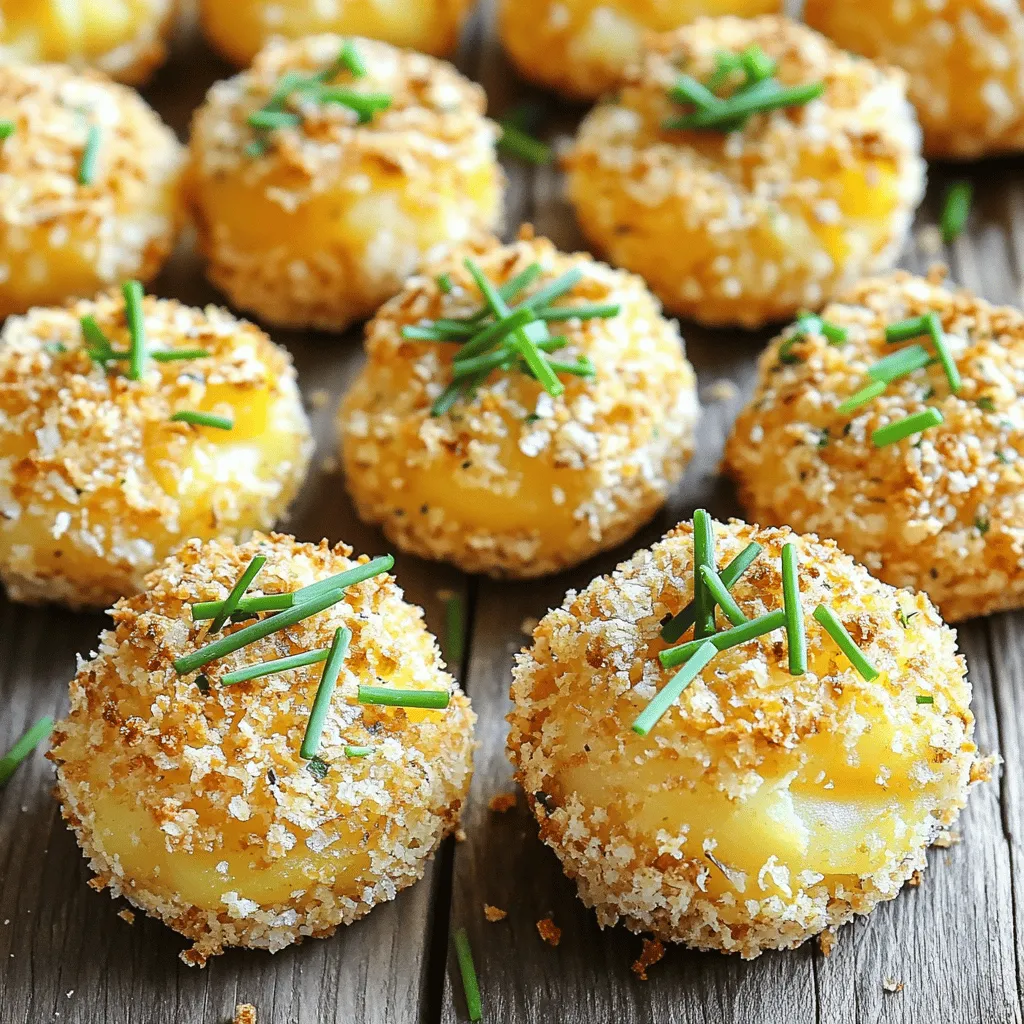
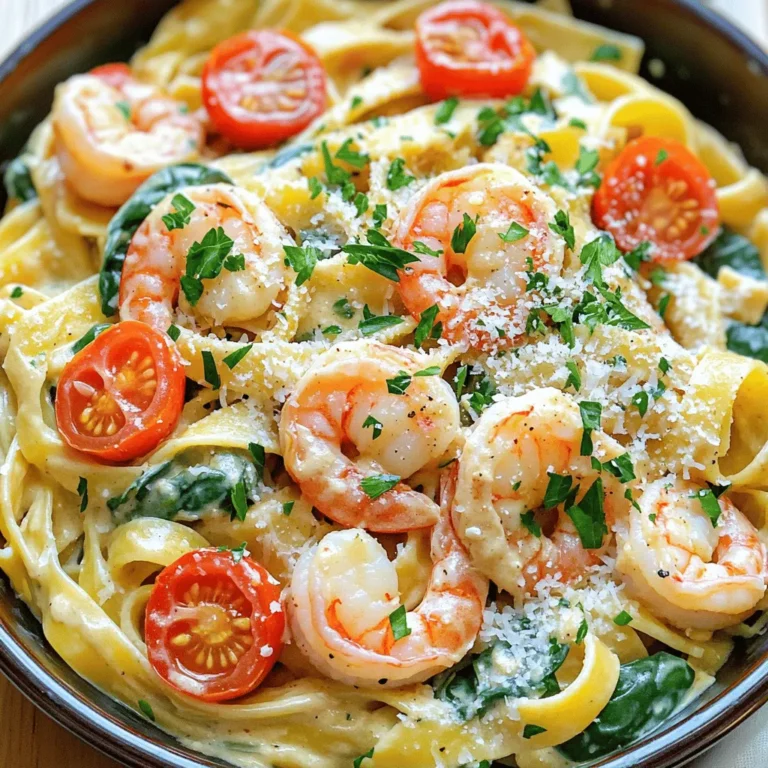
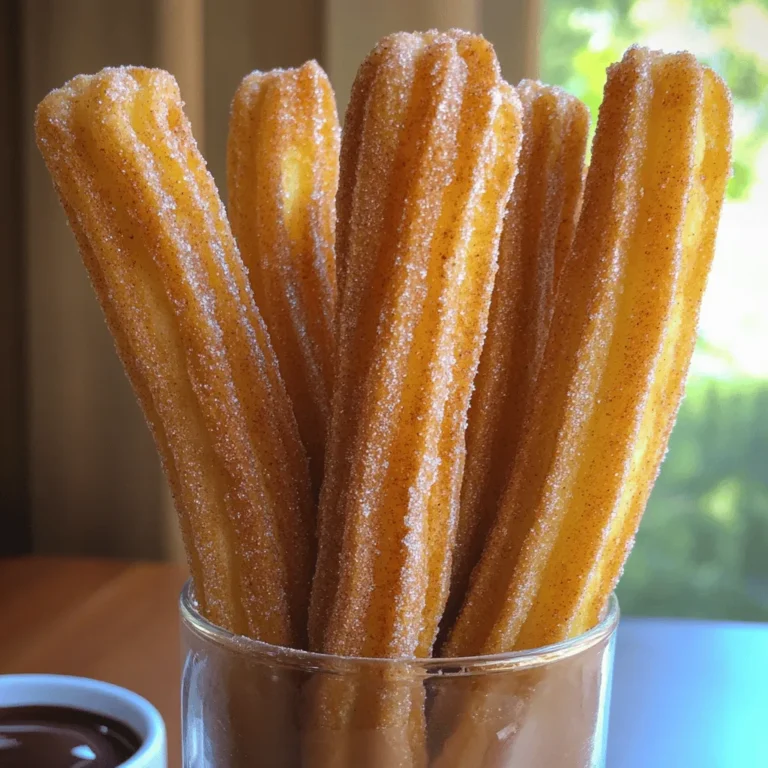
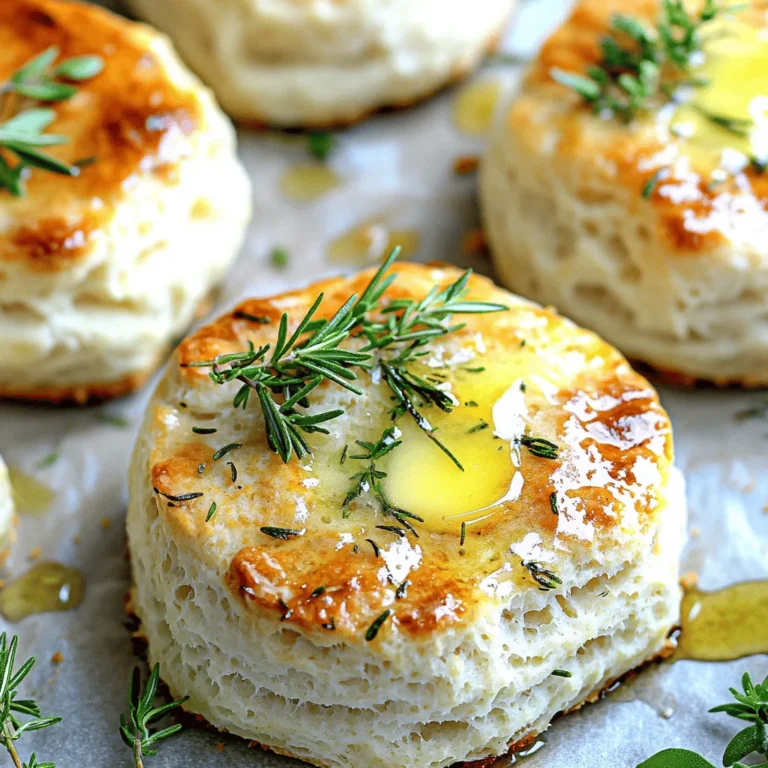





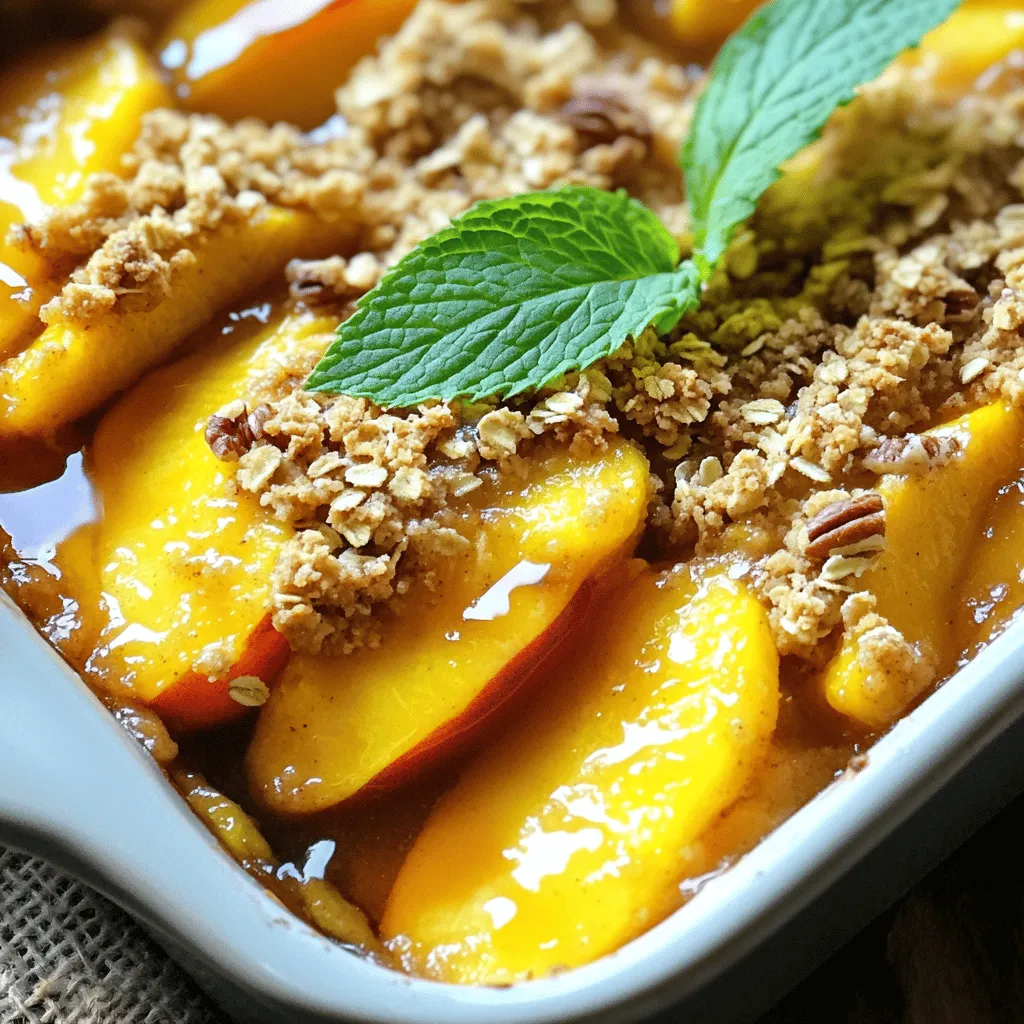
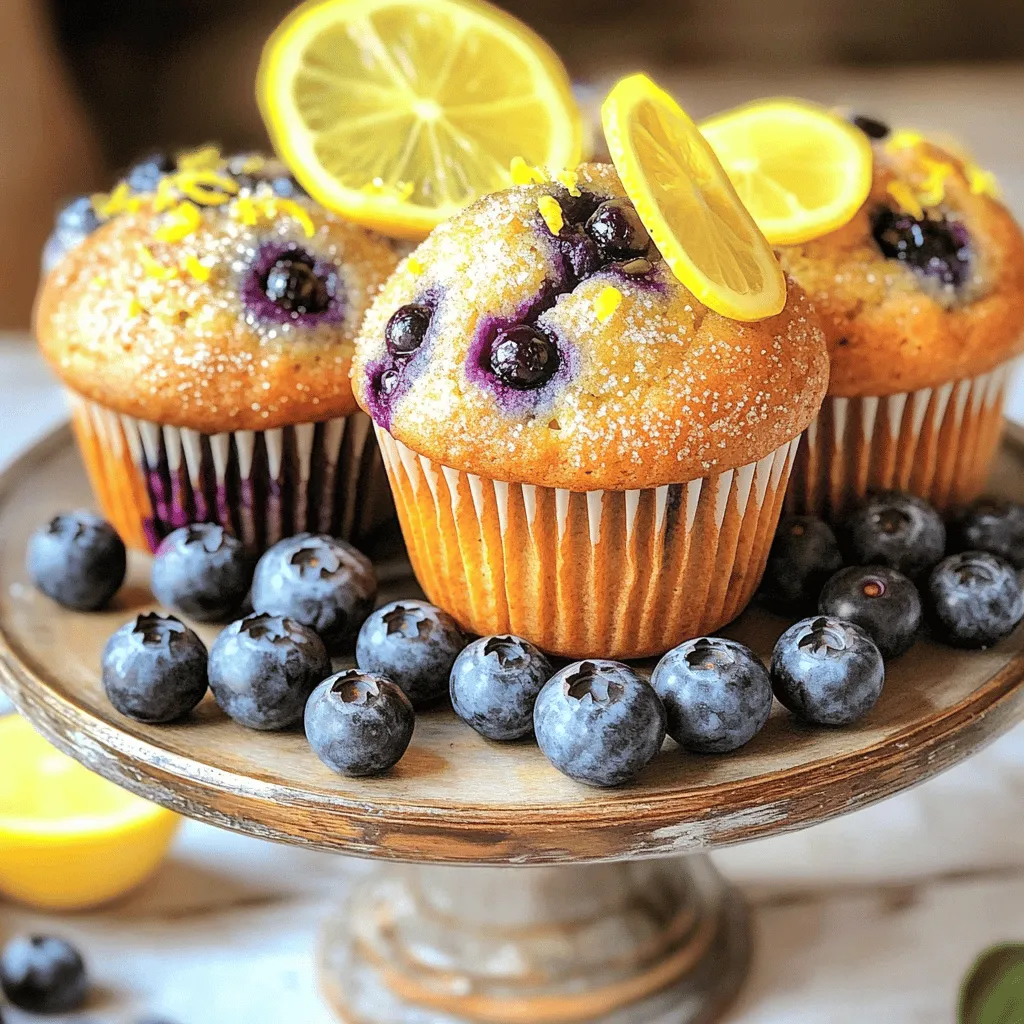
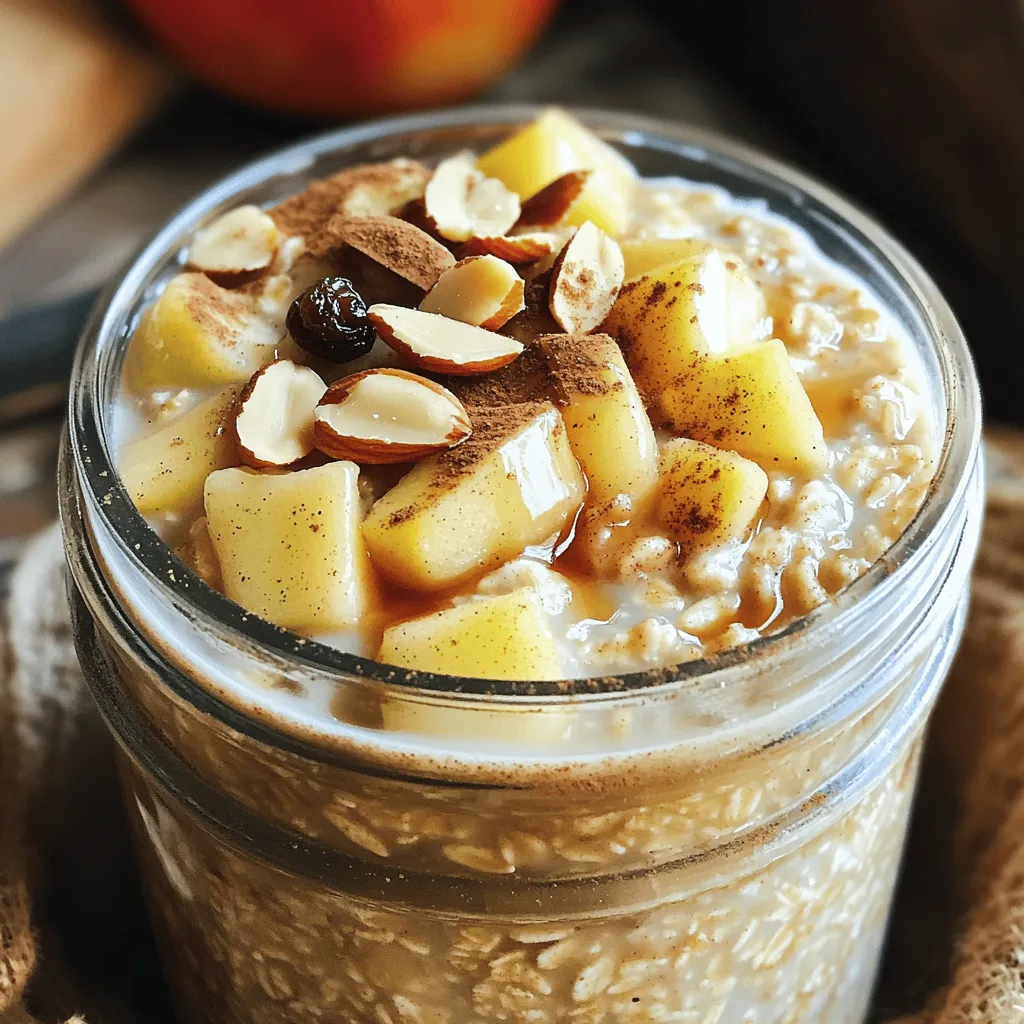

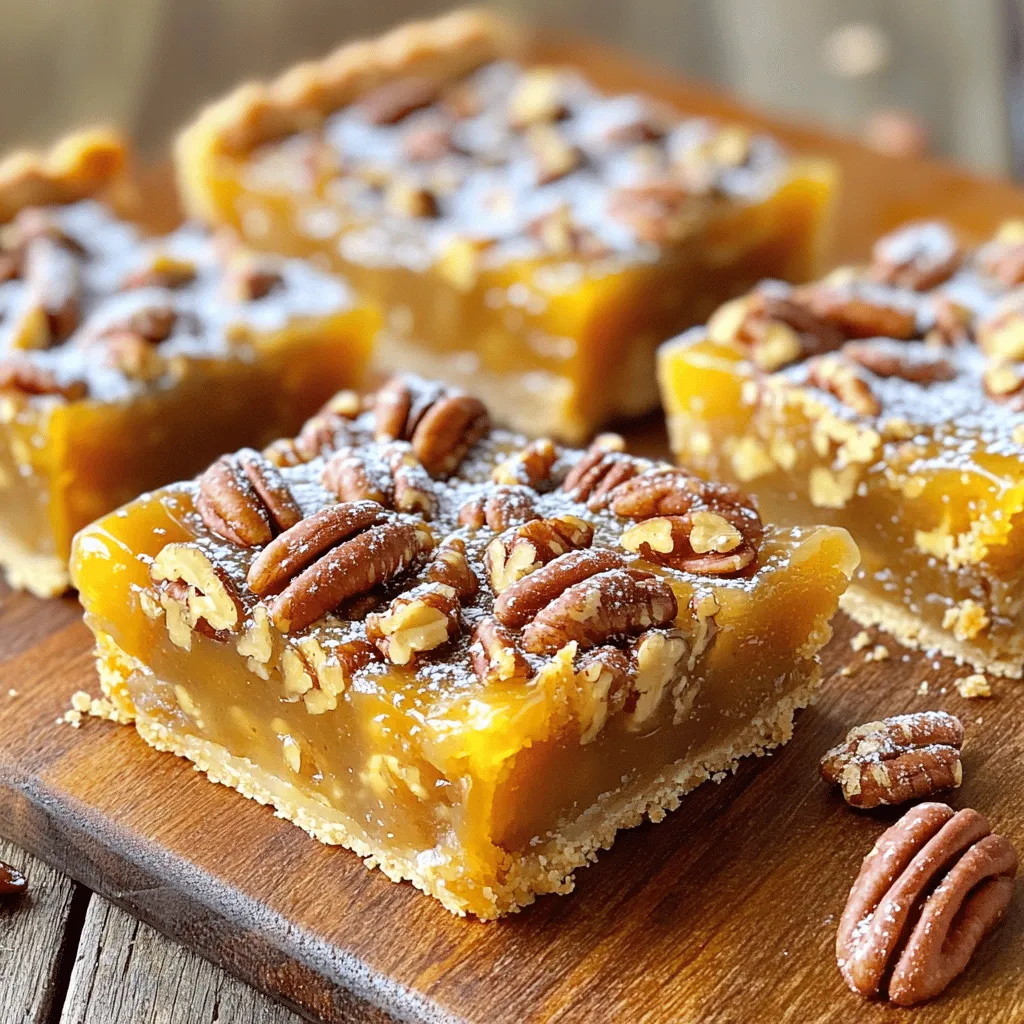
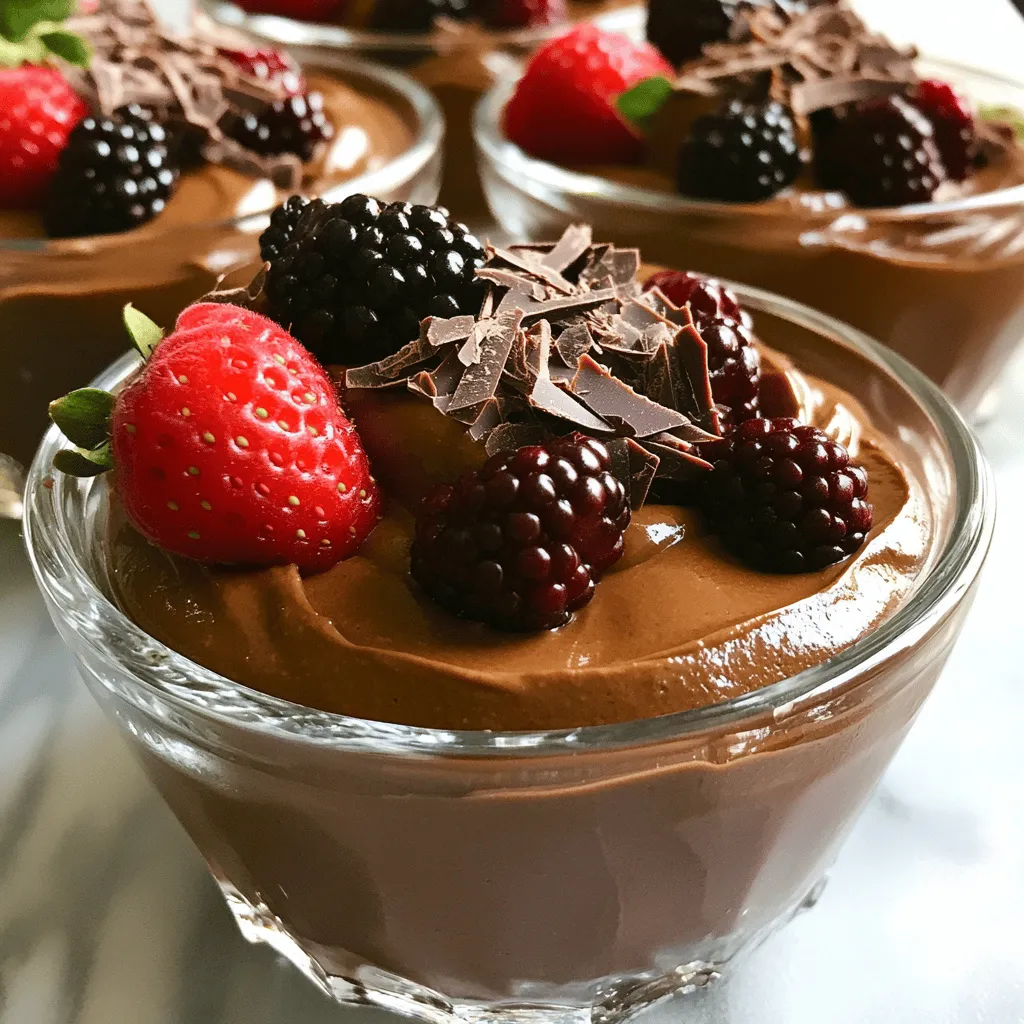
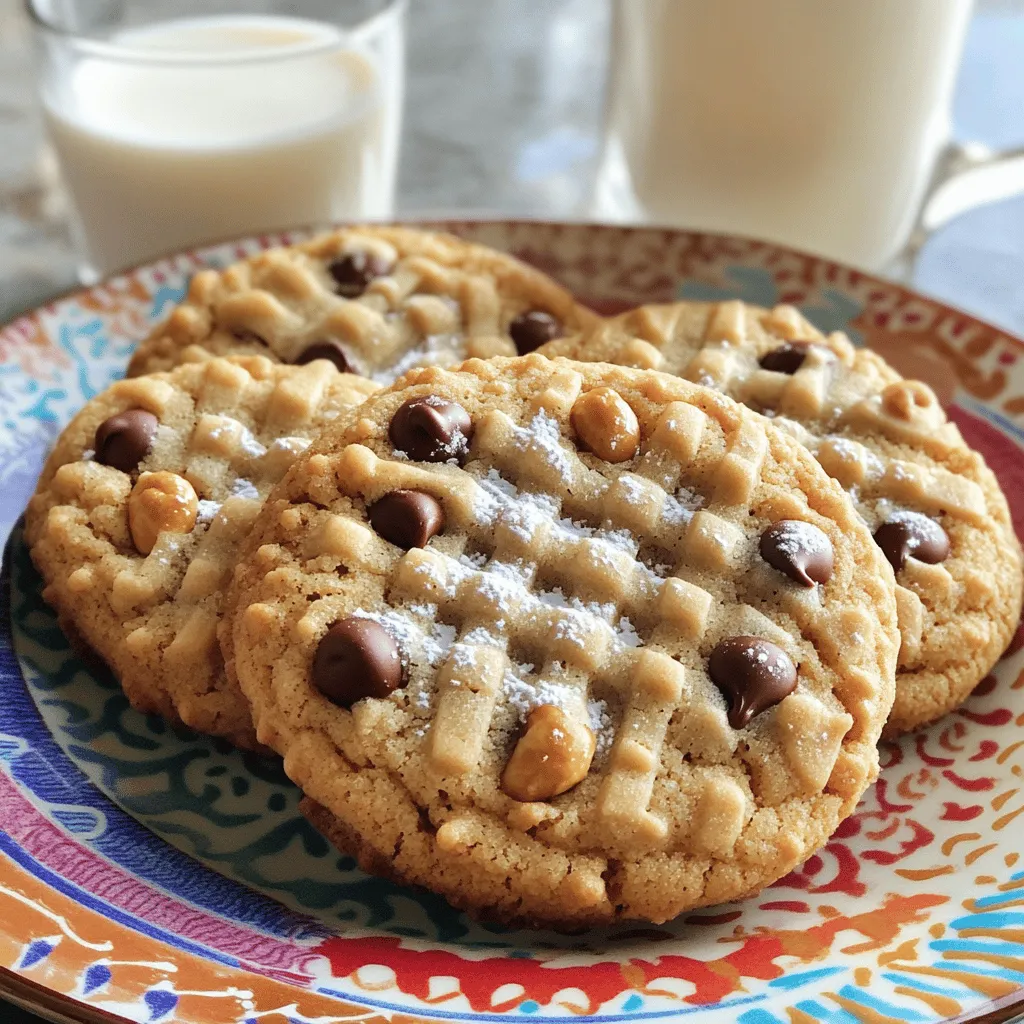
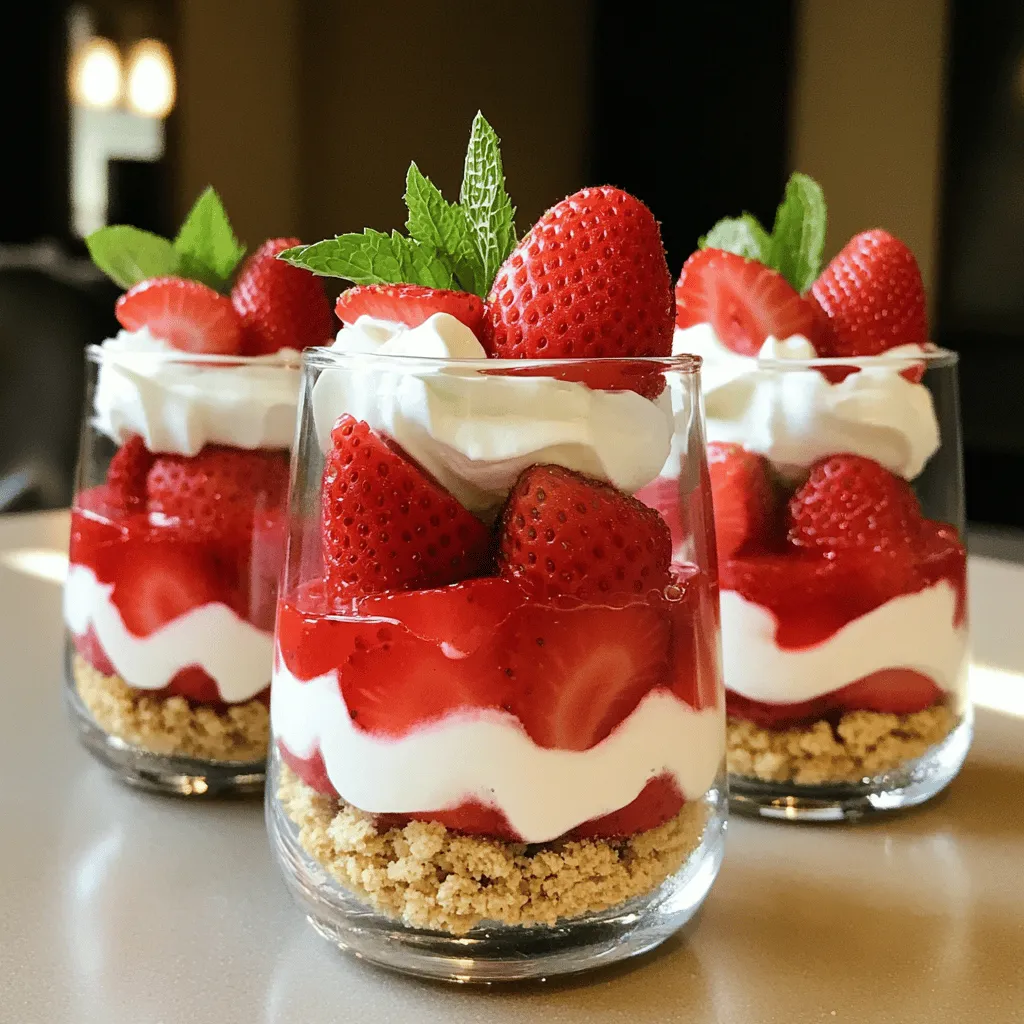
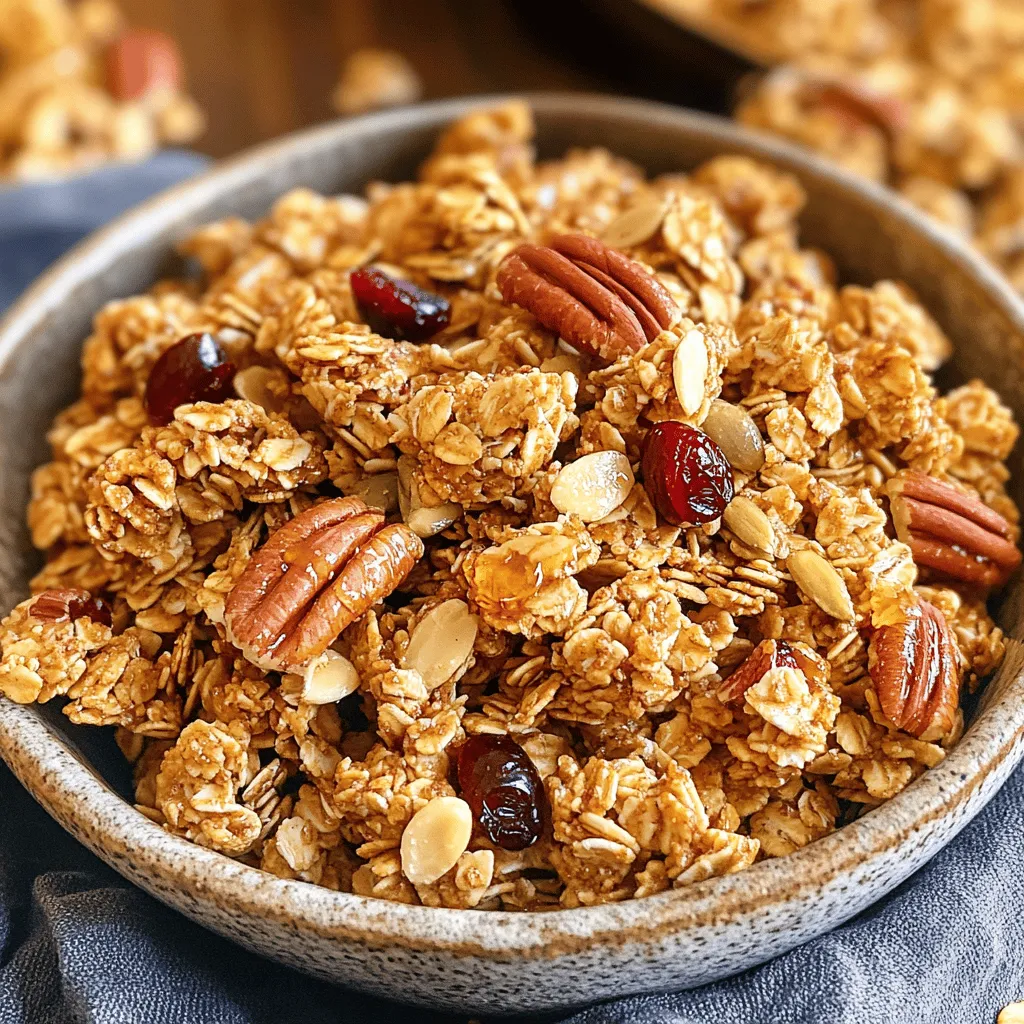
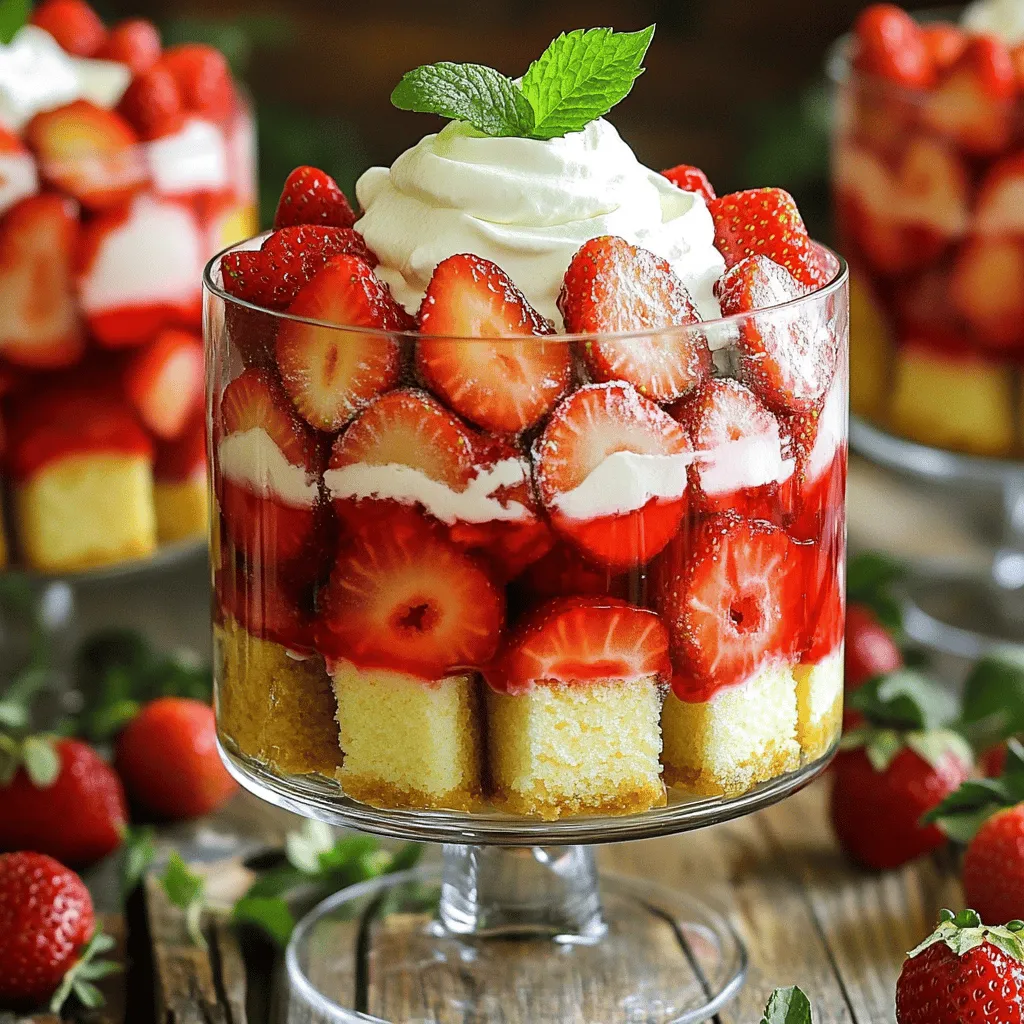


![- 2 cups cornmeal - 1 cup all-purpose flour - 3 tablespoons sugar - 1 tablespoon baking powder - 1 teaspoon baking soda - 1 teaspoon salt - 2 cups buttermilk - 2 large eggs - 1/2 cup unsalted butter, melted - 1 cup honey - 1/2 cup unsalted butter (for honey butter) - 2 teaspoons cinnamon (optional) Use stone-ground cornmeal for great flavor. It gives your cake a nice texture. Look for fine or medium grind. Avoid the coarser types for this recipe. Buttermilk adds moisture and a slight tang. It also helps the cake rise. If you can't find buttermilk, mix milk with vinegar or lemon juice. Unsalted butter lets you control the salt in your dish. It also provides a rich flavor. Always use fresh butter for the best results. This recipe is a fun way to explore layers of flavor. Be sure to check out the Full Recipe for more details and helpful tips! Start by preheating your oven to 400°F (200°C). This is key for even baking. Next, grease and flour your cake pans. Use a small amount of butter or oil to coat the pans. Then, sprinkle flour inside the pans. Shake out any excess flour. This helps the cakes come out cleanly after baking. In a large bowl, mix the dry ingredients well. Combine 2 cups of cornmeal, 1 cup of all-purpose flour, 3 tablespoons of sugar, 1 tablespoon of baking powder, 1 teaspoon of baking soda, and 1 teaspoon of salt. If you want a hint of spice, add 2 teaspoons of cinnamon. Stir until everything looks even. This step is important for a balanced taste. In another bowl, whisk together 2 cups of buttermilk, 2 large eggs, and 1/2 cup of melted butter. Make sure it’s all blended well. Pour the wet mix into the dry mix. Stir gently until just combined. Do not overmix. Some lumps are fine. This keeps the cake fluffy. Divide the batter evenly between the two prepared pans. Bake for 20-25 minutes. To check if they are done, insert a toothpick in the center. If it comes out clean, the cakes are ready. Let them cool in the pans for 10 minutes. After that, turn them out onto wire racks to cool completely. While the cakes cool, make your honey butter. In a small bowl, beat together 1/2 cup of softened butter and 1 cup of honey. Mix until smooth and creamy. If you want it sweeter, add more honey. Taste as you go to get it just right. Once the cakes are cool, slice each cake in half horizontally. You will have four layers total. Place one layer on a serving plate and spread a layer of honey butter on top. Add the next layer and repeat. Finish with honey butter on the top layer. For extra flair, drizzle some honey on top. You can also add fresh herbs or flowers for decoration. For the full recipe, check [Full Recipe]. - Overmixing the batter: Mixing too much makes the cake tough. Stir until just mixed. Lumps are fine. - Incorrect baking times: Each oven is different. Check your cake a few minutes early. Use a toothpick to test for doneness. - Pairing ideas for the layered cornbread cake: Enjoy it with chili, BBQ, or a fresh salad. It balances well with rich flavors. - Presentation tips for an inviting look: Use a cake stand for height. Garnish with fresh herbs or edible flowers. A drizzle of honey adds shine and sweetness. - Essential kitchen tools for baking: You need mixing bowls, a whisk, measuring cups, and a spatula. A good cake knife is also key for slicing. - Recommended brands for best results: Look for brands like Pyrex for bowls and OXO for spatulas. They last long and work well. {{image_2}} You can easily change the taste of your cornbread cake. Adding flavors like vanilla or almond gives it a twist. Just a teaspoon of either works well. You can also mix in fruits or nuts into the batter. Try blueberries, chopped apples, or pecans. These additions add moisture and texture to your cake. For those who need gluten-free options, you can swap all-purpose flour with a gluten-free blend. Look for blends that work well in baking. They provide the structure your cake needs. If you want a vegan honey butter, use maple syrup instead of honey. Mix it with vegan butter for a creamy spread. Leftover cake can become something special. Transform it into a trifle. Simply layer pieces of the cake with cream and fruit in a glass dish. It looks great and tastes even better. You can also use cake layers in other desserts. Cut the layers into cubes and use them in parfaits or puddings for a fun treat. For complete details, check the Full Recipe. To keep your layered cornbread cake fresh, store it in the fridge. Use an airtight container to protect the cake from drying out. You can also wrap it tightly in plastic wrap. If you want to freeze it, slice the cake first. Place the slices in a freezer bag and remove as much air as you can. The cake stays fresh for about three to four days in the fridge. If frozen, it can last for up to three months. Check for signs of spoilage, like mold or an off smell. If the cake feels hard or dry, it is best to toss it. To enjoy your cake warm, use the oven. Set it to 350°F (175°C). Place slices on a baking sheet and heat for about 10 minutes. This method keeps the cake moist. You can also microwave a slice for about 15-20 seconds. Just be careful not to overheat it, as that can dry it out. You can use plain yogurt or sour cream. Mix one cup of yogurt or sour cream with a tablespoon of lemon juice or vinegar. Let it sit for five minutes. This mix mimics buttermilk's tangy taste. Yes, you can. Bake the cake layers a day in advance. Wrap them tightly in plastic wrap. Store them at room temperature. This keeps them fresh and moist until you are ready to assemble. Insert a toothpick into the center of the cake. If it comes out clean or with a few crumbs, the cake is done. If it has wet batter, bake for a few more minutes. If your honey butter is too thin, add more softened butter. Mix it in well until you achieve a thicker texture. You can also chill it in the fridge for a bit. Yes, you can use whole wheat flour or gluten-free flour. Keep in mind that the texture may change a bit. Experiment to find the blend that works best for you. Yes, you can use different pan sizes. Adjust the baking time based on the size. Smaller pans may bake quicker, while larger pans may take longer. Keep an eye on the cake as it bakes. This blog post covered everything you need for a layered cornbread cake. I shared key ingredients, from cornmeal to honey. You learned step-by-step instructions to prepare, bake, and assemble the cake. I included tips to avoid mistakes and creative serving ideas. As you bake, remember to enjoy the process. Your cake will be delicious, and so will your time spent with it. Embrace your creativity and share the joy of baking with others. Happy baking!](https://lisadishes.com/wp-content/uploads/2025/05/dc6f67c1-e59f-4156-82af-b06e1493ca07-300x300.webp)


